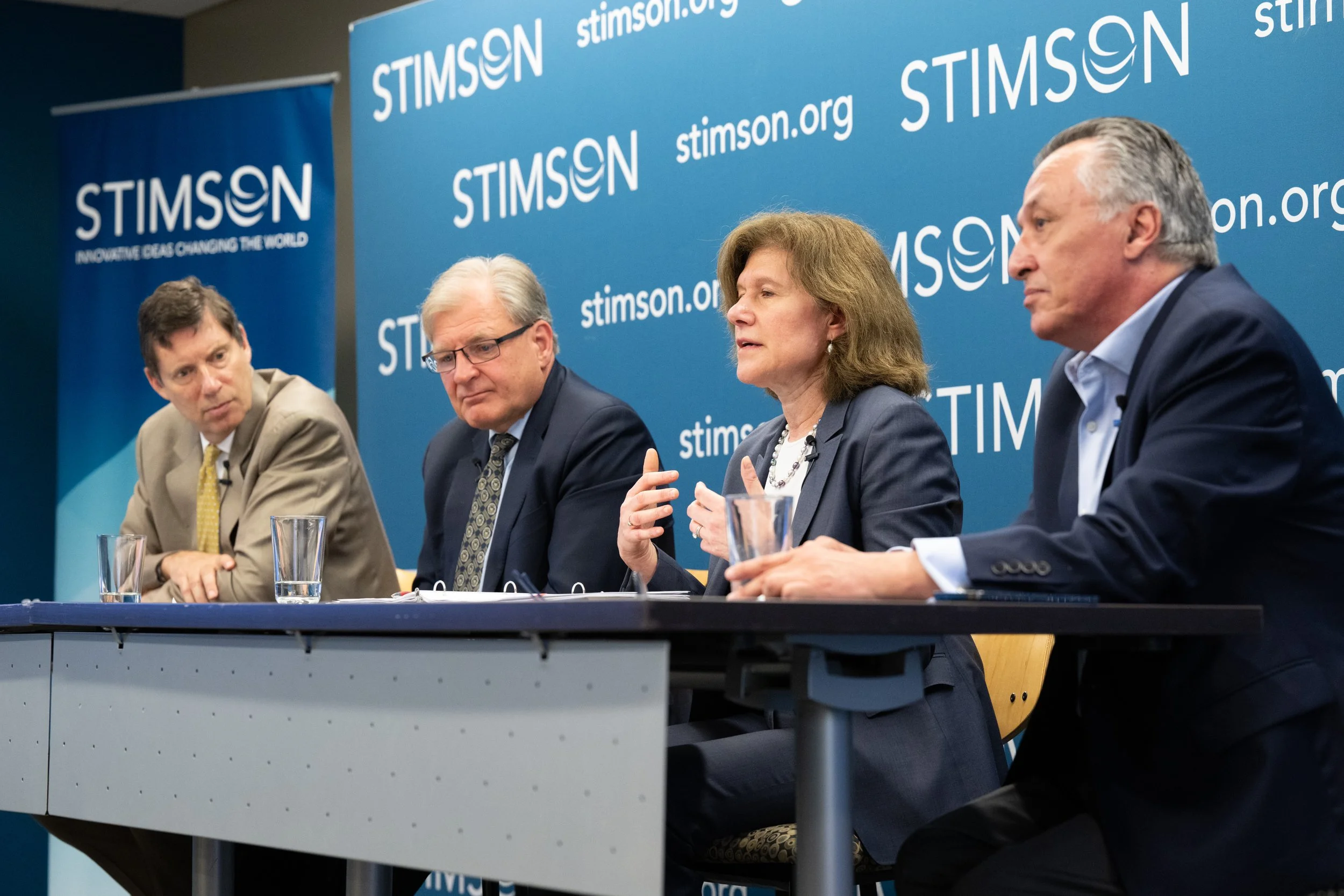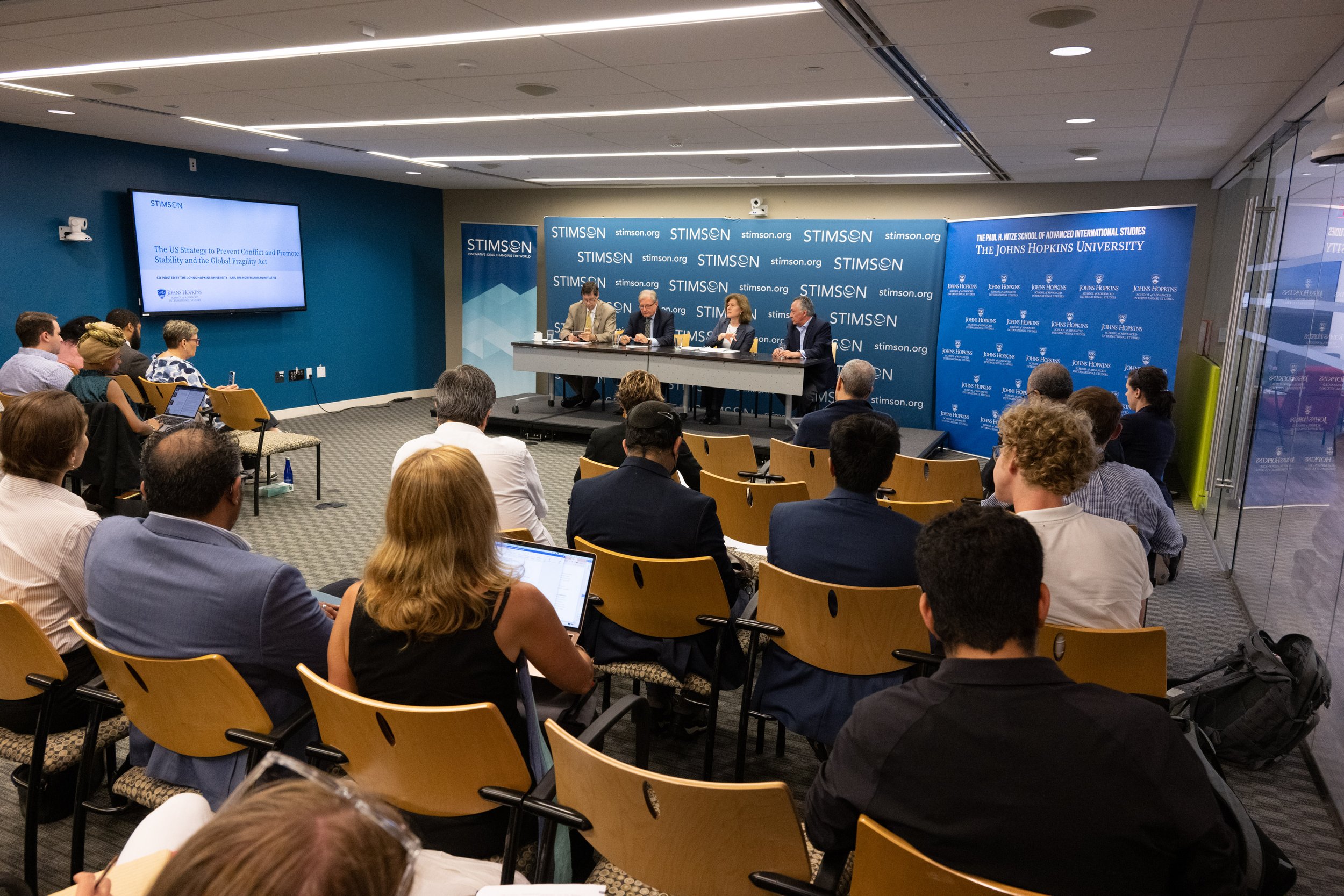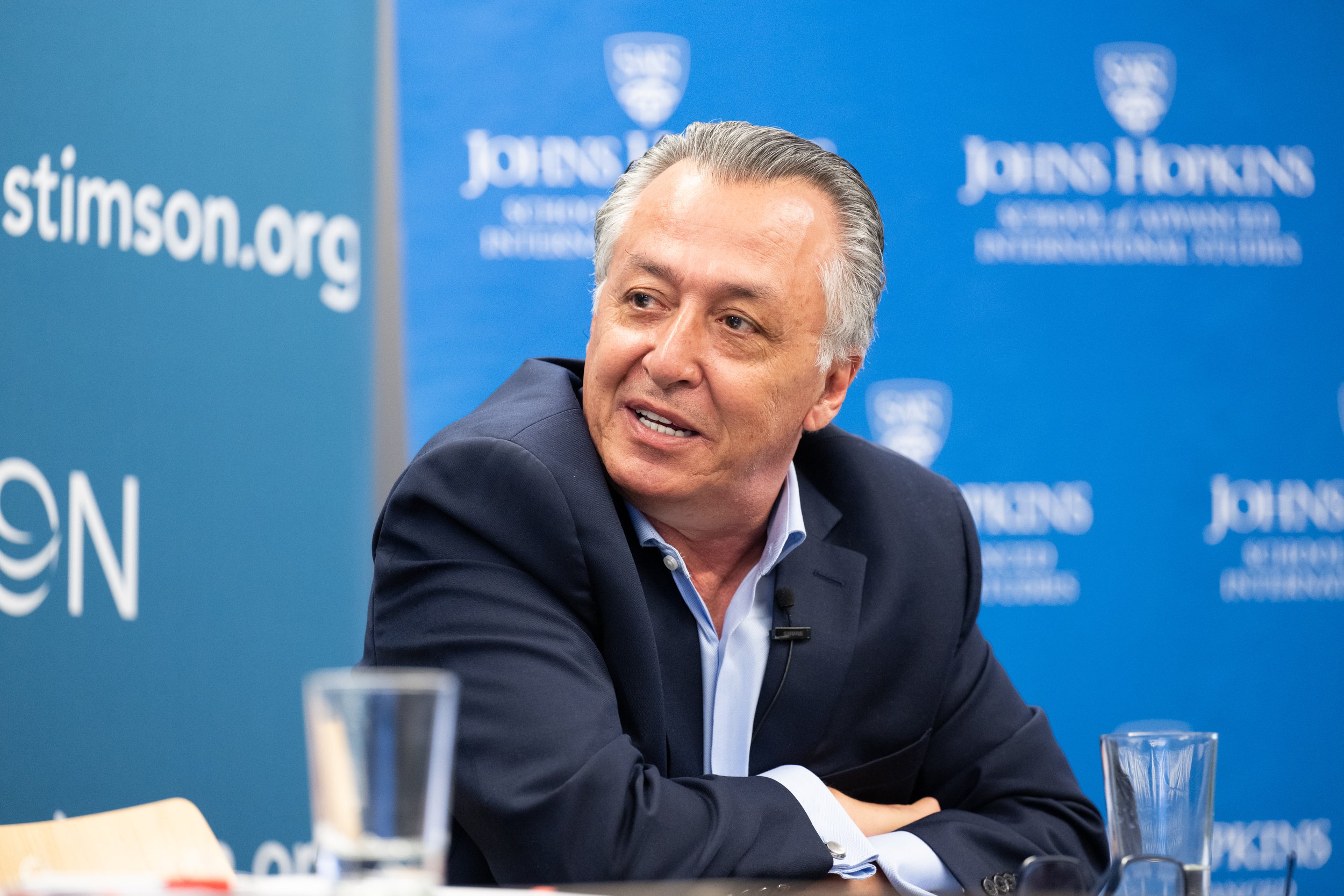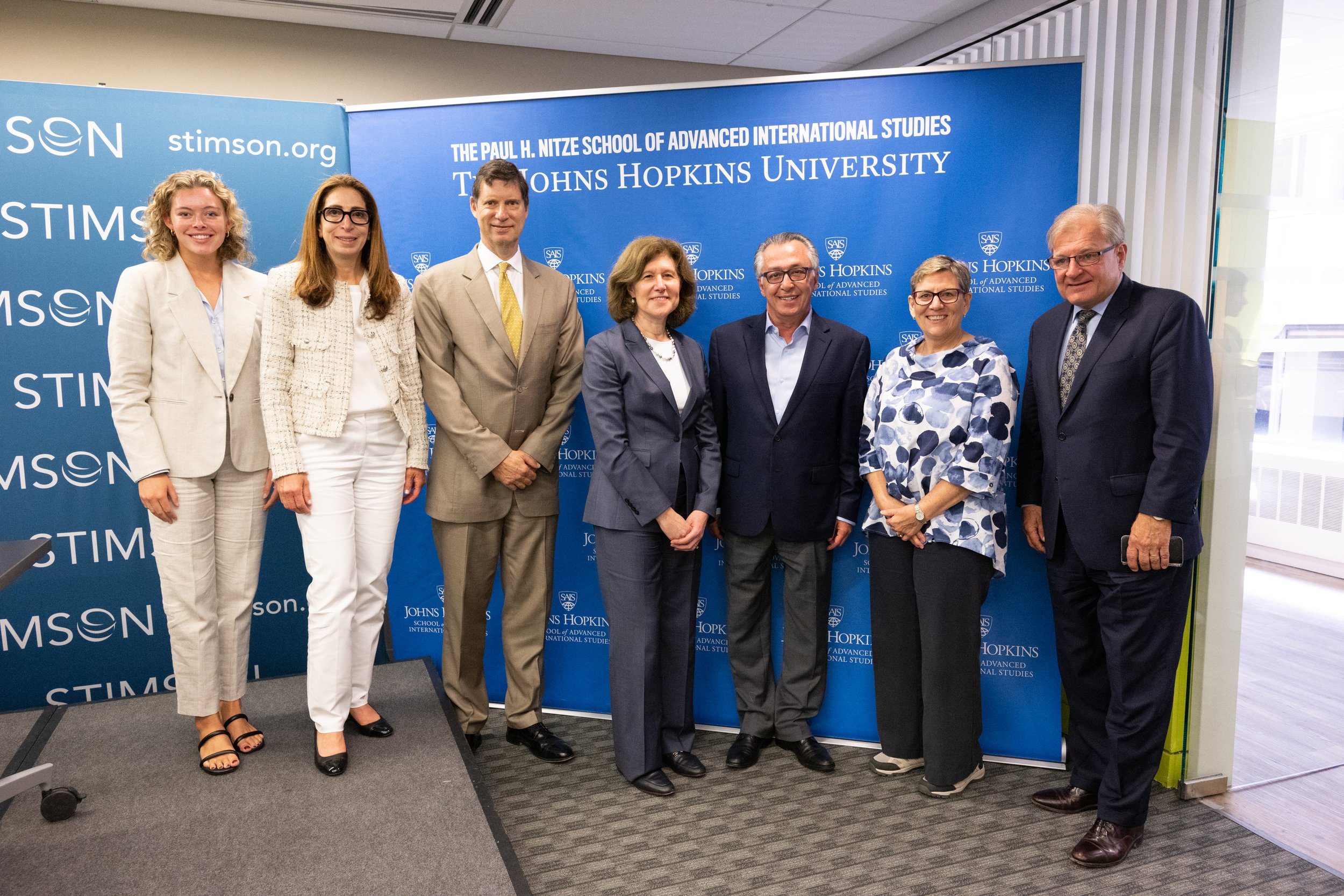U.S. Strategy to Prevent Conflict and Promote Stability and the GFA





The U.S. Strategy to Prevent Conflict and Promote Stability is a long-term initiative to redefine how the United States prevents violence and advances stability in areas vulnerable to conflict. Under the bipartisan Global Fragility Act, the U.S. government is implementing this Strategy through 10-year plans developed with extensive consultations with local stakeholders in the U.S. priority partner countries and North African region: Libya. The U.S. government is investing resources, including through the Prevention and Stabilization Fund, to bolster these country and region-specific plans.
In line with the vision and goals of this landmark Act, the Strategy and resulting plans seek to break the costly cycle of instability and promote peaceful, resilient nations that become strong economic and security partners. The work ahead focuses on four goals: prevention, stabilization, partnerships, and management. These plans embody an integrated, whole-of-government approach that seeks to harness the full range of U.S. tools across new and existing diplomatic, defense, and development programs. Through partnerships, analysis, and adaptive learning, the Strategy and these plans aim to address drivers of conflict with a long-term view to support partner countries’ efforts to forge a more peaceful future.
The North Africa Initiative (NAI) of the JHU SAIS Foreign Policy Institute hosted Anne Witkowsky, Assistant Secretary for the Bureau of Conflict and Stabilization at the U.S. State Department, for a Conversation on the U.S. Strategy to Prevent Conflict and Promote Stability, the innovative strategy for fostering peace, stability, and prosperity in states struggling with instability. We delved into the 10-year plans for implementing this ground-breaking strategy based on the bipartisan Global Fragility Act and its implications for North Africa. In this innovative approach, the U.S. will engage key stakeholders and play a pivotal role by targeting drivers of conflict and instability while promoting sustainable development as a cornerstone through expanded partnerships. We will learn how the U.S. plans to collaborate with regional partners and through multilateral initiatives as part of a more coordinated, cost-effective, and sustained U.S. engagement in the world's hotspots.